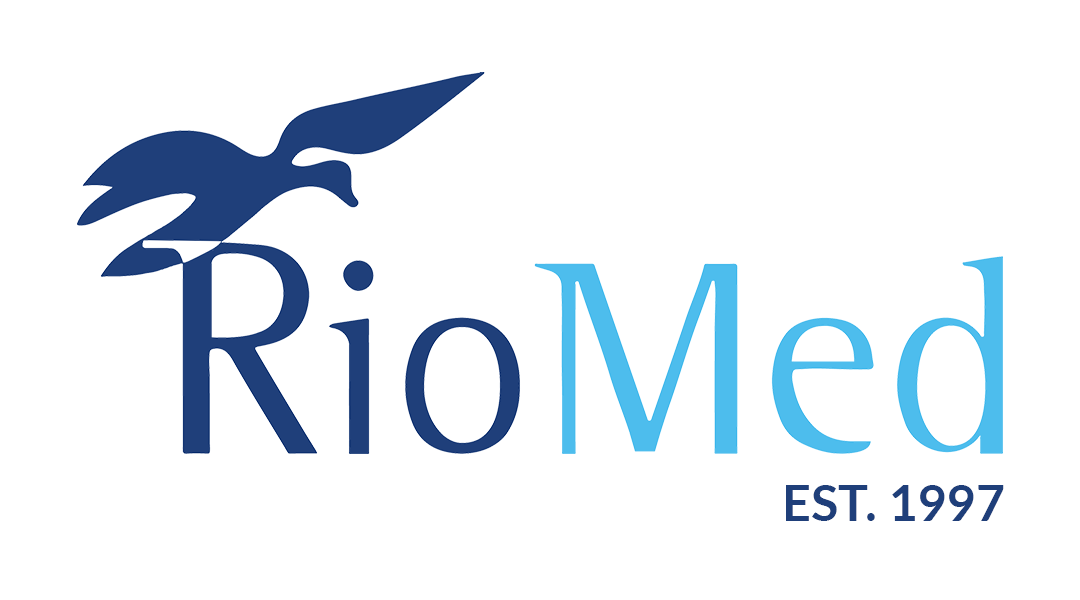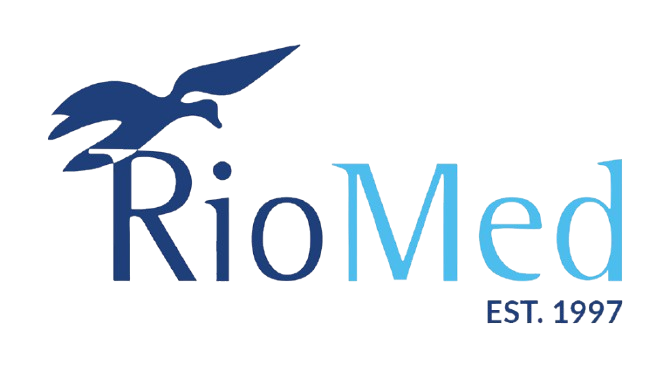The Future of NHS Interoperability with Cellma

Table of Contents Help Others Discover – Click to Share! Facebook Twitter LinkedIn Table of Contents Did you know that in late 2023, 90 % of NHS trusts had electronic patient record systems, yet only a fraction of these were truly interoperable? With 25 % of patients receiving care from multiple trusts, and 9 % of encounters spanning incompatible EHR systems – data silos remain a persistent challenge in NHS interoperability. Adding to the urgency, 36 coroners’ warnings in 2024 underscore how gaps in data sharing have led to tragic safety incidents. A recent study from the King’s Fund identified that 40% of clinicians in the UK have difficulty with information sharing across care settings, which culminates in duplicate diagnostics, delayed decisions and an inconsistent journey for patients. In another survey by NHS Providers, only 32% of trusts have fully interoperable records with local health and care partners. The cost of this disconnect is not just monetary; it directly affects quality of care and safety of patients. As the NHS moves towards a fully digital integrated care ecosystem, NHS Interoperability is a national priority. And that is where Cellma, a leading-edge EHR, comes in. Global & NHS Interoperability in Practice: Why It Matters The interoperability agenda is more than just a getting systems connected – it’s about improving outcomes by having the right data available at the right time. Here’s what the NHS is aiming to achieve: Dismantle silos across hospital, community and social care Eliminate duplicate diagnostics and patient history collection Provide real-time clinical decision support Ensure continuity of data throughout patient journeys Ensure data standards like FHIR and SNOMED CT are followed This means that all digital tools have to ‘speak the same language’ whether that is a hospital EPR (Electronic Patient Record), or a social care system. NHS Interoperability Standards: How Cellma Adheres Cellma speaks the language of modern healthcare standards and policies including: FHIR (Fast Healthcare Interoperability Resources): allows modelling through API for the exchange of data relating to records, appointments, diagnostics and more SNOMED CT: common clinical terminology to allow consistency in diagnosis and documentation of care ICD-10 / ICD-11: International classification of diseases maintained by WHO HL7 V2/V3 & HL7 FHIR: Messaging constructs for clinical and administrative data, widely adopted globally GS1 Barcodes: identification for both patients and the supply chain Open API Directories: NHS-published standards for no-cost integrations, complemented by adherence to global API security and interoperability protocols such as SMART on FHIR All of these standards are built into Cellma by design, ensuring that healthcare providers meet mandatory NHS Interoperability requirements while staying compliant with international best practices and regulations. Meet Cellma: Built for Global & NHS Interoperability Cellma isn’t retrofitted for interoperability, it was designed with interoperability in mind. From its inception Cellma was designed to contribute to the NHS ecosystem and interoperability wish list within the 10 Year Plan. Here’s how; Native Compliance with NHS Standards Cellma speaks the NHS’s digital language—with built-in support for FHIR APIs, SNOMED CT, ICD-10, HL7 V2/V3, and GS1 barcoding. Real-Time Data Sharing Whether it’s a paramedic uploading field notes, a GP reviewing discharge summaries, or a social worker accessing care plans, Cellma enables real-time, bidirectional data sharing across care points. Seamless NHS Spine Integrations Cellma integrates with key national services: CIS2 for authentication PDS for patient demographics eRS for electronic referrals EPS for e-prescribing All within the governance and access policies outlined by NHS Digital. Shared Care, Without the Fax Machines With structured data exchange and secure access protocols, Cellma replaces legacy methods—no more faxes, scanned PDFs, or information delays. It enables continuous, coordinated, and clinically rich care. Interoperability = Accountability As the Care Quality Commission tightens its digital oversight, Cellma ensures compliance with interoperability KPIs and digital maturity assessments. It future-proofs your organisation while improving patient care. Why It Matters: Interoperability in Action Let’s bring this to life: An ambulance paramedic uploads details of a patient’s allergies and medications. A&E should see this on their screens before the patient even arrives. A hospital consultant discharges a patient. The GP immediately receives their structured discharge notes – no scanning, no errors. Accompanied by a social care worker, a staff member fetches care plans from Cellma which are available to be viewed and updated in real time – ensuring the right support is delivered. Public health teams are able to gather de-identified data from a number of different providers to be able to monitor outbreak outbreaks for surveillance and trend analysis to better inform national planning and funding. This is NHS Interoperability at work – not as a concept, but as a mainstay of smarter care that is safer and more efficient. The Bottom Line: Future-Proof Your Care with Cellma The NHS 10-Year Plan is not optional. It’s a national mandate, and a moral one too. Disconnected systems cost lives. Disjointed data causes harm. But with Cellma, interoperability becomes a powerful enabler, not a compliance checkbox. Cellma helps providers meet regulatory demands, simplify integrations, and ensure that data flows freely and securely across every care touchpoint. Where data flows, care grows. Ready to align with NHS Interoperability goals? Book a free demo of Cellma today and see how your organisation can connect care, comply confidently, and lead the digital charge. Book a Free Demo Recent Blogs Let’s transform healthcare together. Speak with RioMed for a tailored solution. Get in Touch FAQs




